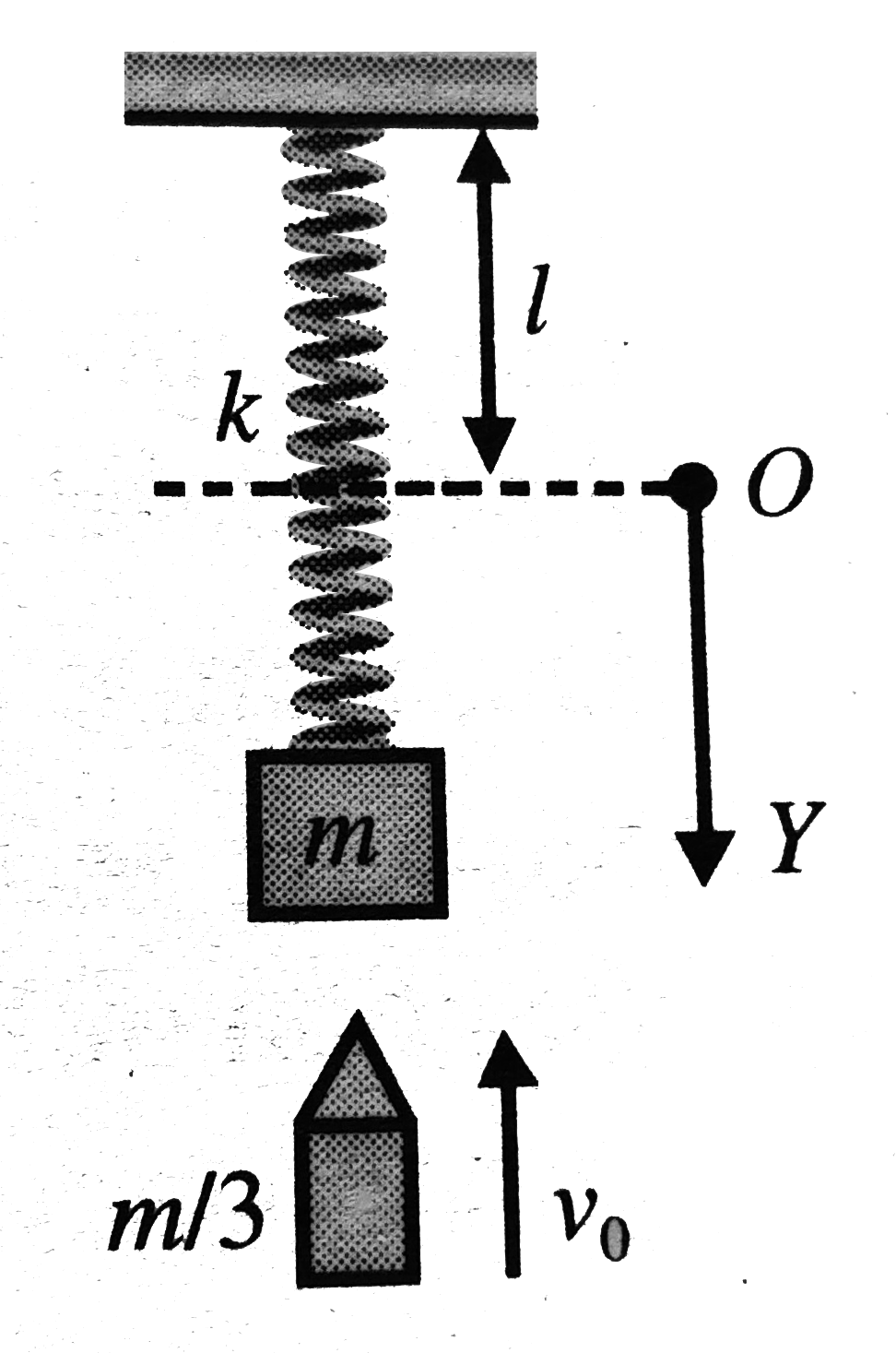The colonies of recombinant bacteria appear white in contrast to blue colonies of non-recombinant bacteria because of
Insertional inactivation of alphagalactosidase in recombinant bacteria
Inactivation of glycosidase enzyme in recombinant bacteria
Non-recombinant bacteria containing beta - galactosidase
Insertional inactivation of alphagalac- tosidase in non-recombinant bacteria
The correct Answer is:C
Step-by-Step Solution:
1. Understanding the Context: The question asks why recombinant bacteria appear white while non-recombinant bacteria appear blue. This involves understanding the role of a specific enzyme and a chromogenic substrate.
2. Role of Alpha-Galactosidase: Non-recombinant bacteria contain a plasmid that produces the enzyme alpha-galactosidase. This enzyme acts on a chromogenic substrate, leading to the production of a blue color in the colonies.
3. Insertion of Foreign DNA: When foreign DNA is inserted into the plasmid of the bacteria, it disrupts the normal function of the alpha-galactosidase enzyme. This process is known as insertional inactivation.
4. Effect of Insertional Inactivation: The insertion of foreign DNA into the plasmid inhibits the activity of the alpha-galactosidase enzyme. As a result, the chromogenic substrate is not processed, and the colonies do not produce the blue color.
5. Resulting Colony Color: Consequently, the colonies of recombinant bacteria, which have undergone this insertional inactivation, appear white because the chromogenic substrate remains unprocessed.
6. Conclusion: Therefore, the difference in color between recombinant (white) and non-recombinant (blue) bacteria is due to the insertional inactivation of the alpha-galactosidase enzyme caused by the insertion of foreign DNA into the plasmid.
Final Answer:
The colonies of recombinant bacteria appear white in contrast to the blue colonies of non-recombinant bacteria because of the insertional inactivation of the alpha-galactosidase enzyme due to the insertion of foreign DNA into the plasmid.
---
The colonies of recombinant bacteria appear white in contrast to the blue colonies of non-recombinant bacteria because of the insertional inactivation of the alpha-galactosidase enzyme due to the insertion of foreign DNA into the plasmid.
Topper's Solved these Questions
Similar Questions
Knowledge Check
- Question 1 - Select One
Archaebacteria are considered to be ancient bacteria because they are
AautotrophsBheterotrophsCable to survive in extreme conditionsDunicellular - Question 2 - Select One

A block of mass m is suspended from one end of a light spring as shown. The origin O is considered at distance equal to natural length of the spring from the ceiling and vertical downwards direction as positive y-axis. When the system is in equilibrium a bullet of mass m3 moving in vertical up wards direction with velocity v0 strikes the block and embeds into it. As a result, the block (with bullet embedded into it) moves up and start oscillating. Based on the given information, answer the following question:
Q. The time taken by the block bullet system to move from y=mgk (initial equilibrium position) to y=0 (natural length of spring) is (A represents the amplitude of motion)Athey cannot reproduce sexuallyBthey reproduce by binary fissionCparental body is distributed among the offspringDthey are microsocpic.
A term not associated with genetic recombination in bacteria is
View SolutionIn presence of chromogenic substrate recombinant bacteria gives
View SolutionBacteria are considered as plants, because
View SolutionSome bacteria are not easily killed because of
View SolutionThe blue green algae and bacteria contain
View SolutionThere is no natural death in single celled organisms like Amoeba and bacteria because
View Solution

